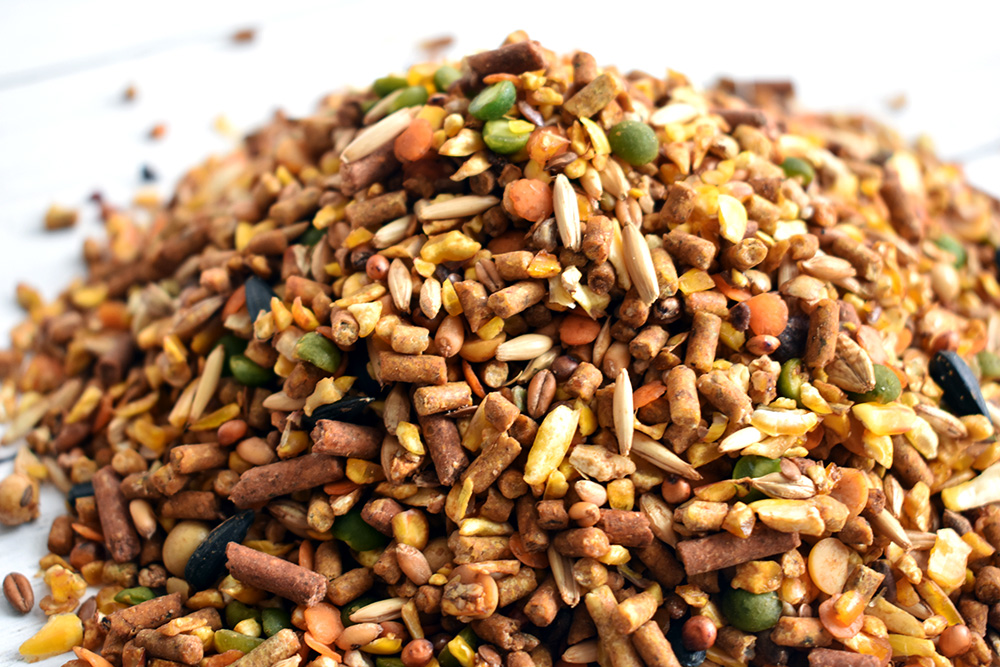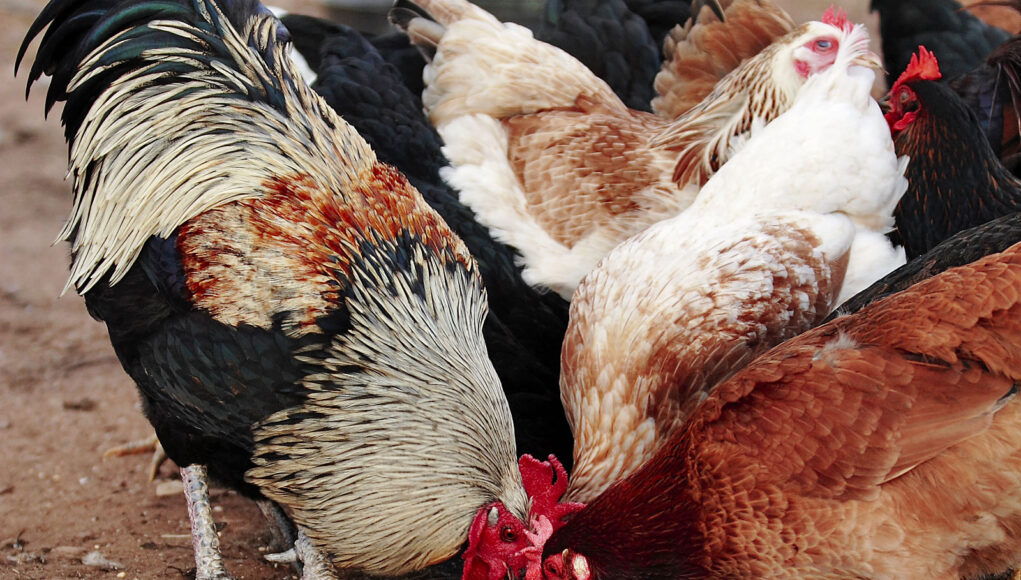Chicken feed is a vital aspect of poultry farming. Knowing how to tell how much fat is in chicken feed can make a tremendous difference in the health and productivity of your birds. Other nutrients are important too, but fat plays a special role in a chicken’s diet. Too much or too little can lead to health issues, which is why every poultry enthusiast should understand this better.

The Importance of Fat in Chicken Feed
Fat is an essential part of a chickens diet. It provides energy, helps in vitamin absorption, and is crucial for the development of cells. However, its important to get the balance right. Excess fat can lead to obesity and health problems, whereas too little can cause deficiencies and poor health.
Components of Chicken Feed
Chicken feed comprises various components, each playing a specific role in the nutrition of poultry. These components include proteins, carbohydrates, vitamins, minerals, and indeed, fats. Understanding each component helps in determining the overall nutritional value of the feed.
Why Measure Fat Content?
- Ensures balanced diet
- Prevents obesity
- Avoids nutritional deficiencies
- Improves egg quality
Methods to Determine Fat Content
There are various methods to determine the fat content in chicken feed, each with its benefits and limitations.

Label Analysis
The feed label is the first place to check for fat content. Most commercial feeds have nutrient information listed on their packaging, which includes the percentage of fat. Reading labels can provide a quick overview of what you’re feeding your birds.
Laboratory Analysis
For a precise measurement, laboratory analysis is often necessary. This method involves sending feed samples to a lab where chemical analyses are conducted to determine the fat content. It’s more accurate but can be costly and time-consuming.
At-Home Testing Kits
Several at-home testing kits are available that allow poultry enthusiasts to test for fat content themselves. These kits can be handy, affordable, and relatively accurate. They often involve a chemical process that extracts fat, which is then measured.
Observing the Health of Your Chickens
Observing your chickens’ health and behavior can also give you an idea of whether their diet is balanced. Signs of excess fat or deficiency will manifest in the physical health, egg production, and overall vitality of your flock.

Using Technology to Measure Fat Content
Modern technology offers tremendous solutions for measuring fat content in chicken feed.
Fat Analyzers
Handheld fat analyzers are a great tool for poultry farmers. These devices use electromagnetic waves to measure the fat content in feed. They provide quick and accurate readings, which can be crucial for maintaining a balanced diet for your birds.
Smart Feeders
Another innovation is smart feeders that automatically analyze and adjust the nutritional content of feed, including fat. Smart feeders are particularly useful for large poultry farms, as they can feed numerous birds with little manual intervention.

Adjusting Diet Based on Fat Content
Once you know the fat content in chicken feed, adjusting the diet becomes easier.
Adding Fat to Chicken Feed
If the feed lacks sufficient fat, you can add fat sources like flaxseed, sunflower seeds, or fish oil. Ensure you dont overdo it, as this can quickly lead to obesity.
Reducing Fat Content
If the fat content is too high, reduce high-fat ingredients. Instead, incorporate more grains and vegetables to balance the diet.
Frequently Asked Questions
How do I know if my chickens are getting too much fat?
Signs of excess fat include obesity, limited egg production, and lethargy. Monitoring the health and productivity of your flock will give you a good indication.
Can chickens survive on low-fat feeds?
Chickens need a certain amount of fat for optimal health. Low-fat feeds can lead to deficiencies and poor health over time. Balance is key.
Are there any natural sources of fat for chickens?
Yes, you can use ingredients like flaxseed, sunflower seeds, and fish oil as natural fat sources in chicken feed.
For more insight on different chicken breeds and their characteristics, you can visit breed size, laying jumbo eggs, and long-living chicken breed. For other nutritional aspects, you can check black chicken breed and get informed.
To learn more about how different feeds affect egg colors, visit this external resource.
As an Amazon Associate, I earn from qualifying purchases.









